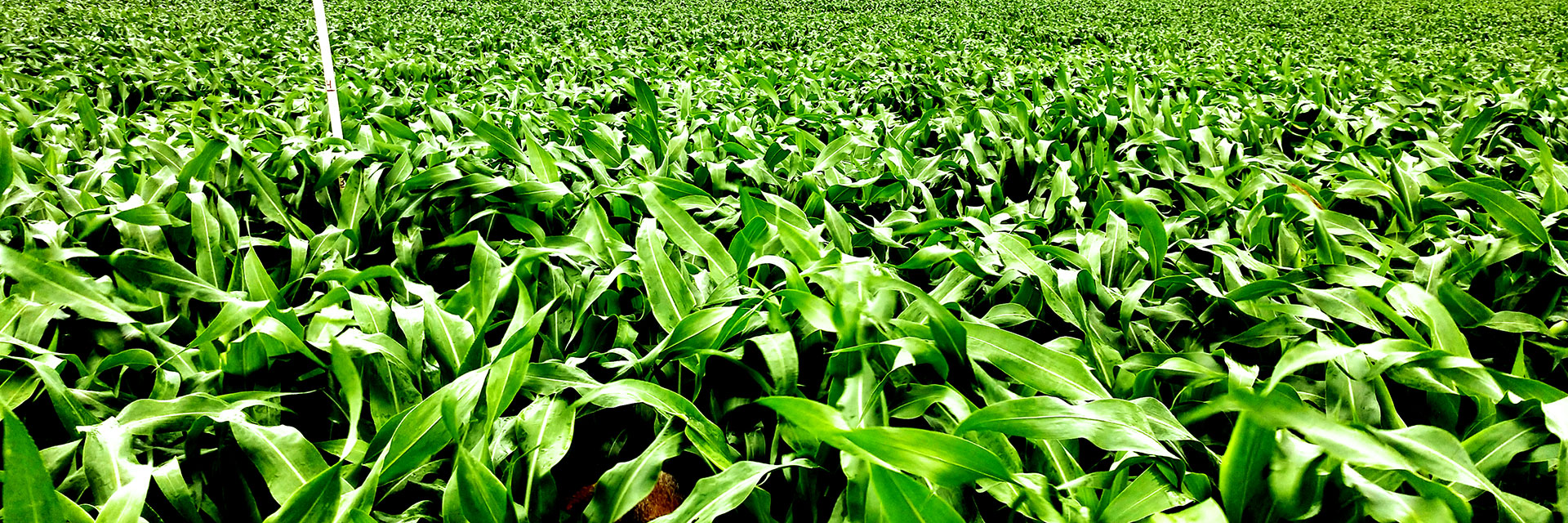WHY USE SORGHUMS FOR FORAGE?
Today’s sorghums have improved plant genetics that provide excellent nutrition and very high forage yield potential to meet the demands of dairy and beef operations. Sorghum provides exceptionally high total plant digestibility and palatability to cows and cattle. Sorghums can achieve potential yields equal to corn silage and can be highly productive, even on marginal soils.
Unlike corn, sorghums have a much higher tolerance to stress like drought, heat and salinity. They’re also very versatile; sorghums can be used as single-cut silage, or for multiple harvests as hay or baleage, and for grazing.
Economically, sorghums can have an advantage over corn because they produce more from less. Sorghums can be more efficient at water usage, requiring about 30 to 50 percent less water than corn to produce similar yields. Sorghums also require lower soil fertility, with about 30 percent less nitrogen required for similar tonnage yields
SELECTING THE PROPER FORAGE SORGHUM
There are many factors to consider when selecting the right sorghum to suit your needs. While each operation or situation is unique, answering the following questions will help you pinpoint which forage sorghum is best for your program.
READ MORE ABOUT OUR SORGHUM TYPES

TYPES OF SORGHUMS USED FOR FORAGES
There are three general types of sorghums used for forage:
- Forage sorghum is used as a single-cut silage product
- Sorghum x Sudangrass is used as a multi-cut product for hay, baleage and grazing
- Sudangrass is also used as a multi-cut product for hay and grazing
Sorghums carry specific traits that allow for improved production and quality. Some of those traits include; photoperiod sensitivity, male sterility, brachytic dwarf, and brown mid rib.
The Photoperiod Sensitivity Advantage:
When growing sorghum for forage, the photoperiod sensitivity trait offers a wider harvest window, allowing for greater harvest flexibility. The plant will remain in the vegetative state, growing and producing more leaves and higher quality, until day length falls below the plant’s threshold. It will then enter its reproductive stage. The photoperiod sensitivity trait is available in forage sorghum and sorghum x sudangrass hybrids.
The Brachytic Dwarf Advantage:
The brachytic dwarf trait reduces internode length, which results in a shorter plant stature. This creates a very high leaf-to-stem ratio and superior standability. This trait also delivers excellent tillering ability. These hybrids will produce similar forage yield to normal sorghums. The brachytic dwarf trait is available in forage sorghums and sorghum x sudangrass hybrids.
The Brown Midrib Advantage:
The brown midrib (BMR) trait delivers increased digestibility over conventional sorghums. These hybrids can have 40 to 60 percent less lignin content, resulting in higher quality forage. There are three different types of BMR traits: BMR-6, BMR-12 and BMR-18. The BMR-6 trait has been proven to be superior to the other BMR traits in forage quality and agronomics. The nutritional value of the BMR-6 trait has been proven to be equal to or better than corn silage for increased milk production or cattle weight gain. The BMR-6 trait is available in forage sorghum, sudangrass, and sorghum x sudangrass hybrids. It can be combined with the photoperiod sensitivity and the brachytic dwarf traits as well.
Seed Treatment Options Available
- Sorpro™ seed-applied herbicide protectant from Nufarm adds protection for sorghum growers looking to prevent sorghum seed injury from metolachlor or S-metolachlor herbicides.
- NipsIt INSIDE® insecticide from Valent® provides protection against major sorghum pests to help growers optimize stand, yield and plant health.
